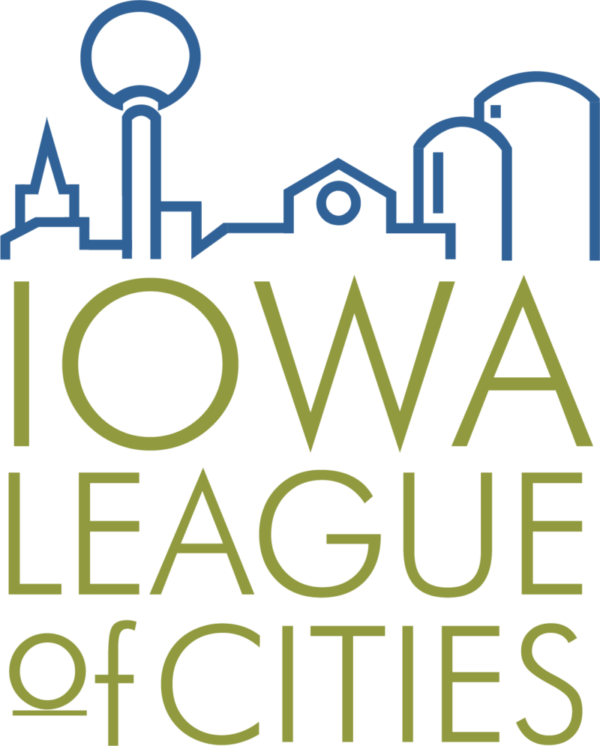In 1995, the Environmental Protection Agency (EPA) created the Brownfields Program to prevent, assess, clean up and reuse brownfields. Cleaning up and reinvesting in these properties can increase local tax bases, use existing infrastructure, facilitate job growth and improve the environment. The use of the Brownfields Program has helped local governments return contaminated property to a useful purpose that serves the community.
The EPA describes brownfields as a property that “the expansion, redevelopment or reuse of which may be complicated by the presence or potential presence of a hazardous substance, pollutant or contaminant.” It is estimated that there are more than 450,000 brownfields in the U.S. The Brownfields Program has assisted communities in a variety of ways, including improving air and water quality while making properties suitable for redevelopment. Cleanup on nearby properties has shown that residential property values can increase 2 to 3 percent and brownfields work can also be a job creator. Using the program has also assisted in promoting city-wide planning efforts.
Property assessments are a key component in the brownfields process. The EPA has two phases of Environmental Site Assessments (ESAs) which are conducted by an environmental contractor. A Phase I investigation primarily involves onsite visual observations and reviewing land use records. While no physical sampling or testing is done, Phase I ESAs identify environmental conditions, help decide whether testing is needed and provide liability protection to property owners. Phase II ESAs include sampling the soil and water to identify types, concentrations and areas of potential contamination, which could lead to a cleanup of the site.
If a property is found to be contaminated and its redevelopment is hindered by the presence of hazardous material, it is important to conduct a cleanup of the site. Typically, an environmental contractor is hired to complete this work, which will help spur reinvestment in the property. For onsite cleanups a city can often get funding assistance from state and federal resources to remove the contamination.
Throughout the brownfields process it is important to keep the public involved. Community outreach efforts such as public meetings, Web sites, newsletters and site tours are all ways to get citizens involved in the process. This can lead to a better informed community and one that can help shape the planning for the brownfields.
An integral part of brownfields work is securing grant money. Applications for EPA brownfields grants are due annually in the fall, and awards are usually handed out the following spring. The grants can cover a wide range of activities, including initial assessments, cleanup work, training and technical assistance, and planning assistance. The EPA Brownfields Web site has a page dedicated to the various grants available and is a helpful tool for a city looking to get funding assistance when dealing with brownfields.
Cities often contemplate how to reinvest in and redevelop old properties that are no longer being used. The brownfields program offers help in the process of reusing properties, which can lead to economic development and improving and protecting the environment.
Brownfields
Updated on October 27, 2021
Posted on December 14, 2016
Latest Resources
Our resources are continually updated, here's some of the newest resources.

City Levy Rates SF 2442 changes the calculation of the Combined General Fund Levy (CGFL), created…

Are you curious about public utility rates for water, wastewater and stormwater utilities? Iowa Finance Authority…

In August 2022, the League conducted a Civility Survey, to help us understand and communicate the…



